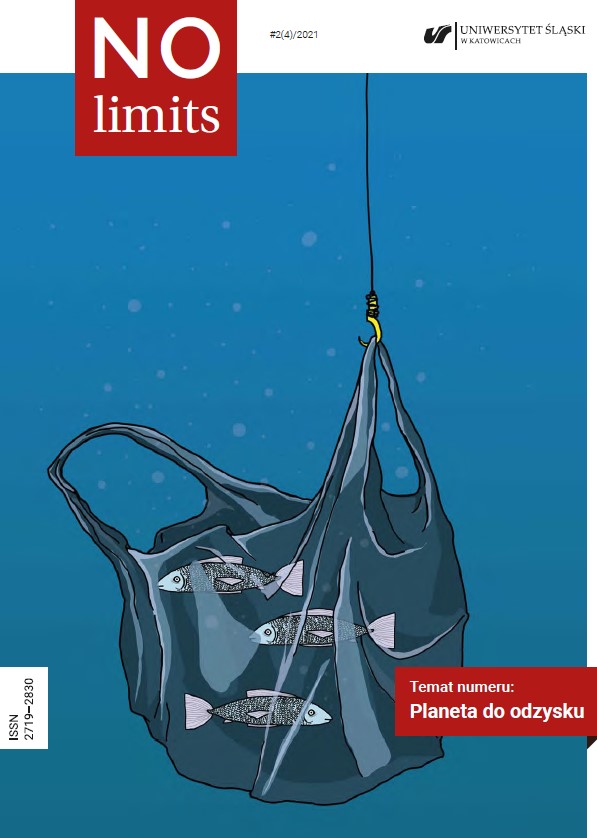

 https://doi.org/10.31261/no_limits.2021.4.03
https://doi.org/10.31261/no_limits.2021.4.03
We do not know whether recycling will save us from environmental disaster. We believe, however, that segregating trash makes sense. From an early age, our children learn to link the colors of containers with various types of waste. Plastic bags, plastic bottles, metal caps, aluminum cans and milk cartons end up in yellow containers and bags every day. These few examples already show the diversity of these materials. According to the Resin Identification Code (RIC) system introduced in 1988, there are as many as seven codes to designate plastics alone. The waste we separate must therefore undergo another sorting process so that we can speak of proper recycling. How to do it? It turns out that an adequately designed camera is sufficient.
Download files
Citation rules

No. 2(4) (2021)
Published: 2021-11-09